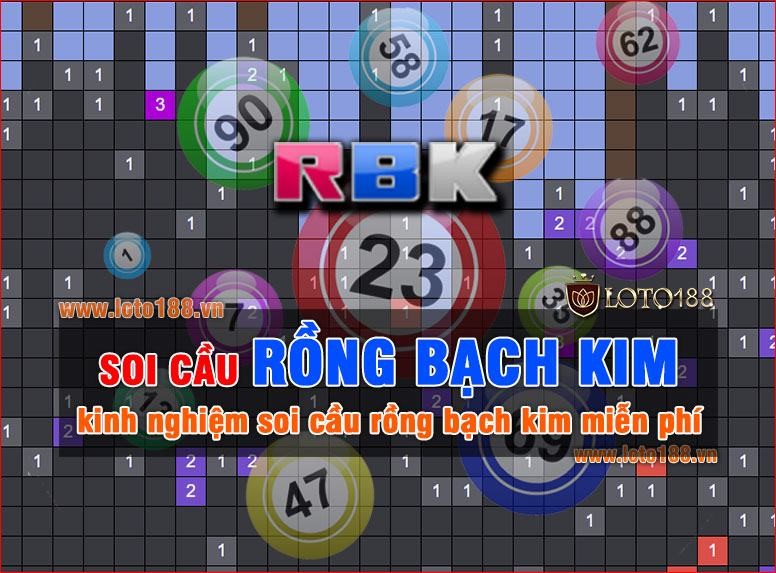—
Title: Unleashing Creativity with Cubes: A Comprehensive Guide
Introduction:
The article kicks off by highlighting the versatility and creative potential of cubes in various fields, from art and design to mathematics and architecture. It suggests that incorporating cubes can lead to innovative solutions and creations.
Exploring Cubes in Art and Design:
This section delves into how cubes have been used historically in art and design, from Cubism to modern 3D art. It emphasizes the geometric beauty and simplicity that cubes bring to creative works.
Cubes in Mathematics and Problem Solving:
Here, the focus shifts to the role of cubes in mathematics, including their use in geometry, algebra, and puzzles like the Rubik’s Cube. It explains how engagement with cubic equations and shapes can foster problem-solving skills.
Innovative Architecture with Cubes:
The article examines how architects use cubes to create buildings that are both functional and visually striking. It includes examples of iconic cubic structures around the world.

Educational Uses of Cubes:
This part explores how cubes can be powerful educational tools, aiding in the understanding of spatial awareness, volume calculation, and other mathematical concepts.
Cubes in Everyday Life:
The section highlights unexpected ways cubes appear in everyday life, from ice cubes enhancing culinary experiences to cubic packaging solutions in logistics.
DIY Projects Involving Cubes:
For readers interested in hands-on activities, this section provides ideas for DIY projects that involve making or using cubes, encouraging creativity and practical skill development.
FAQs:
The article concludes with a list of frequently asked questions about cubes, covering topics from their mathematical properties to their significance in different cultures. คูเบตบิซ: นวัตกรรมใหม่ของธุรกิจในยุคดิจิทัล
—
Introduction:
Cubes, with their simple yet profound geometry, have fascinated humans for centuries. They appear in our daily lives, in the natural world, and across various professional fields, embodying a perfect blend of form and function. This guide dives deep into the world of cubes, exploring their impact and applications in art, design, mathematics, architecture, education, and more. Discover how this basic shape continues to inspire innovation, creativity, and practical solutions.
Exploring Cubes in Art and Design:
The cube’s influence on art and design is monumental. From the revolutionary movements like Cubism, led by artists such as Pablo Picasso and Georges Braque, kube to the sleek, minimalist designs in modern furniture, cubes have been a source of inspiration and exploration. This section showcases the aesthetic appeal and symbolic depth cubes offer to creators, inviting readers to appreciate the geometric beauty in various art forms.
Cubes in Mathematics and Problem Solving:

In the realm of mathematics, cubes stand as pillars of learning and discovery. This segment uncovers the significance of cubes in algebraic equations, geometric models, and even in popular puzzles like the Rubik’s Cube. It presents cubes as both a challenge and a tool for enhancing logical thinking and problem-solving skills, making mathematics an engaging and tangible experience.
Innovative Architecture with Cubes:
Cubic structures defy the norms of traditional architecture, offering a fresh perspective on space utilization and aesthetic design. This part of the article highlights examples of cubic architecture that merge functionality with groundbreaking visual impact, from Tokyo’s Nakagin Capsule Tower to the Cube Houses in Rotterdam, illustrating the cube’s potential to redefine our living and working spaces.
Educational Uses of Cubes:
Cubes have a special place in educational contexts, serving as effective tools for teaching a wide range of subjects. This section discusses how cubes can help students grasp concepts of volume, area, and spatial relationships, making abstract mathematical principles more accessible and enjoyable to learn.
Cubes in Everyday Life:
Beyond their mathematical and aesthetic applications, cubes are woven into the fabric of daily existence in surprising ways. This part shines a light on the humble ice cube, cubic storage solutions, and even the cubic nature of digital pixels, revealing the omnipresence and practicality of cubes in enhancing everyday experiences.
DIY Projects Involving Cubes:
For readers eager to engage with cubes hands-on, this segment provides a compilation of DIY projects that range from crafting cubic decor to constructing simple cubic models. It encourages creativity, offering a fun and educational way to interact with the concepts discussed throughout the article.
FAQs:
The article wraps up by addressing common questions about cubes, such as their properties, the reason behind their widespread use in various domains, and how to incorporate cubic elements into personal projects, ensuring readers leave with a comprehensive understanding of cubes and their multifaceted roles.
By exploring the numerous ways in which cubes intersect with different aspects of life and creativity, this guide aims to inspire readers to look at simple shapes with new eyes and discover the potential for innovation and beauty they hold.



